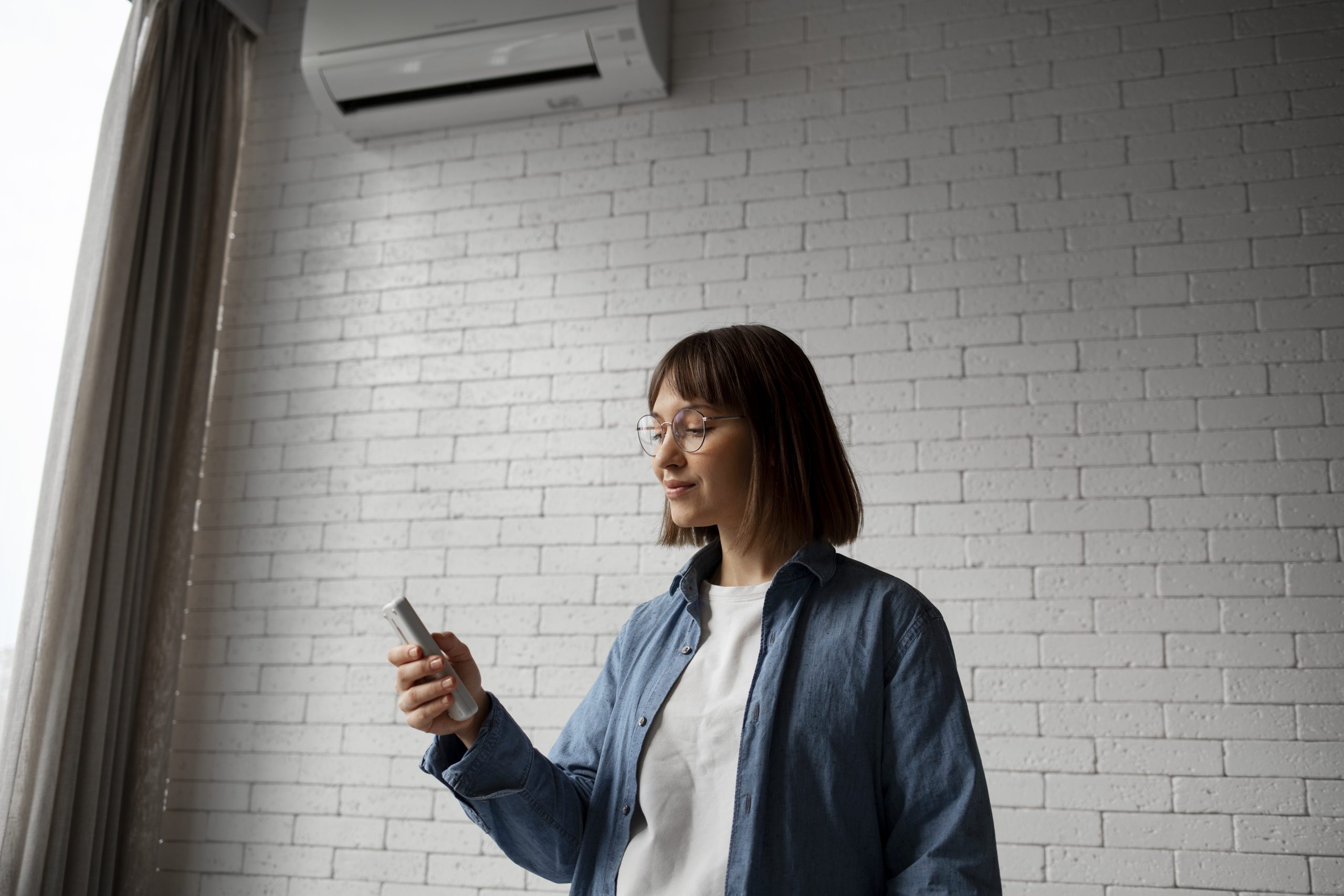
If you are reading this article while working in a medical practice, it’s likely that half of your co-workers or patients are currently either too hot or too cold. Why is it so difficult to keep everyone happy? Medical design and fit-out company Evoke Projects explores the dilemma of comfortable air conditioning in the workplace.
A CareerBuilder survey revealed that almost half of workers are not happy with their workplace temperature. One in five people confess to sneaky thermostat changes, while 15 per cent actually argue with co-workers. The New York Post explains that today’s workplace temperature range was set in the 1960s based on a man’s resting metabolic rate.1 Women also tend to have lower body temperatures than men, which means the air conditioning wars could perhaps be named the gender wars! However, if you add the variables of age, weight and health, it is not as straightforward as this. Individuality is the real issue.
Within medical fit-outs, there are particular climate requirements for health and safety. For example, procedure rooms will require lower temperatures, while medical machinery rooms and laboratories will have strictly controlled temperatures. In practices that need these cooler settings, waiting rooms and reception areas may be uncomfortable if temperature zoning is not possible.
This list from Humanresourcesonline.net shows a range of “ideal room temperatures”, which vary between 15ºC to 33ºC.2 For waiting areas and breakout rooms, where temperature is expected to be set for comfort rather than operational needs, it’s clear that there is plenty to argue about if this list is the starting point!
• 15ºC – Meeting rooms at Facebook prefer this – however, productivity drops to 90%.
• 16ºC – The minimum office working temperature.
• 19ºC – Expect productivity to drop to 95% at this temperature.
• 20ºC – Advocated by Chartered Institute of Business Surveyors
• 22ºC – Helsinki University recommendation.
• 25ºC – Cornell University supports this temperature.
• 33ºC - Productivity drops to 85% at this temperature.
It’s clearly not possible to keep everybody at their optimum temperature all the time. However, with the right mix of clever medical design, teamwork and communication, it should be possible to reach a happy compromise about the best physical environment.
Let’s start with the HVAC (heating, ventilation, air conditioning) system. The best option is a ducted air conditioning system with zones, smart Wi-Fi sensors, timers and geofencing / energy saving capability to save money when the practice is empty. Of course, some rooms may need to be constantly climate controlled within a medical fit-out for health and wellbeing.
Your flexibility around air conditioning may be limited by the space that you lease. Perhaps there is already a ducted or reverse cycle or window/wall box system. Don’t lose hope. It’s often possible to retrofit a ducted system with smart sensors and new zones. Discuss all the options with your commercial landlord during your next medical fit-out or lease renewal.
For non-medical zones, having an open conversation with your team about the practice temperature and trying to reach a compromise is a great way to improve morale. It reduces tension if everybody understands that a compromise is needed, and that the thermostat is strictly out of bounds!
Thermal comfort is covered by the WELL Building Standard. The WELL concept takes a holistic approach, providing a combination of research-based interventions to help design buildings that address individual thermal discomfort and support human health, well-being and productivity.3 You can read more about the WELL concept online or contact the medical design team at Evoke Projects for more information.
Even with the best healthcare design and air conditioning system, individuality will still mean that some people are uncomfortable. Consider these self-help measures.
Hot under the collar? Cool down with these tips:
• Desk fan or mini-USB fan
• Avoid desks that catch the afternoon sun
• Keep two cooling towels in the fridge so there’s always a fresh one
• Drink plenty of water
• Take regular breaks
• Wear linen clothing
Cold hands? Warm your heart with:
• More clothing layers, particularly wool
• Hot drinks instead of cold
• Space heaters
• Frequent movement around the practice and taking the stairs when you can
Feeling comfortable at work is important for workplace well-being. It is worth spending time at a management and team level to find a solution.
For medical design and fit-out ideas to reduce the arguments about air conditioning in your practice, please call Evoke Projects on 1300 720 692.